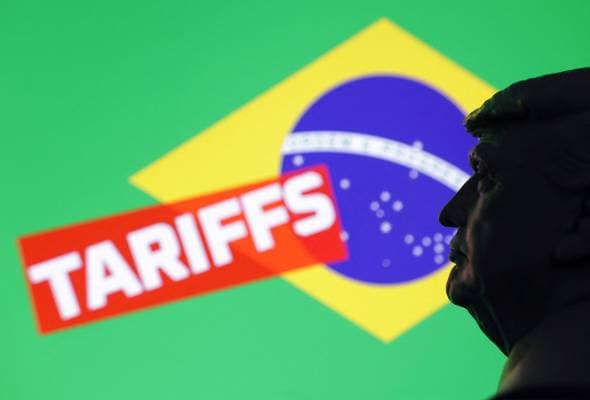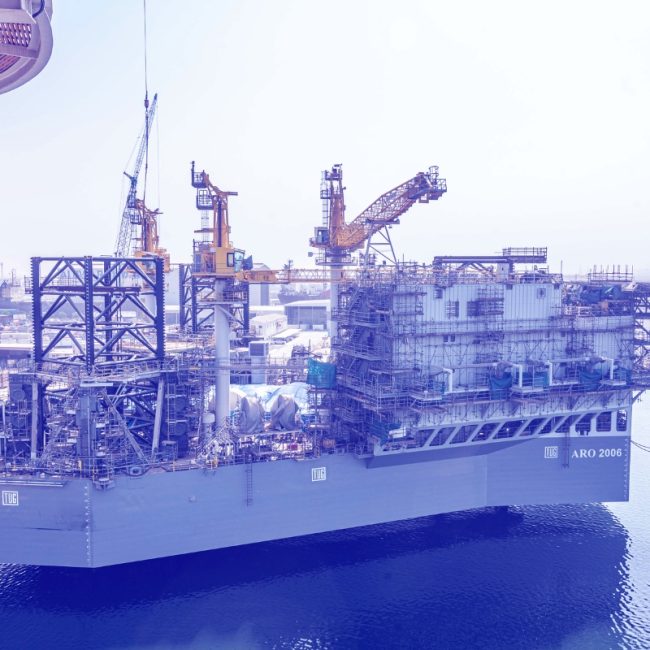Trump will meet New York mayor elect Mamdani in Oval Office, sparking test of city federal ties
President Donald Trump announced he will host New York City mayor elect Zohran Mamdani in the Oval Office on Friday, November 21, 2025. The meeting, arranged after Mamdani’s team reached out to the White House, pits a newly elected progressive mayor against a president who publicly backed Mamdani’s opponent, and it could shape federal funding and policy priorities during an early phase of the mayoral transition.

President Donald Trump said on Wednesday that he will meet New York City mayor elect Zohran Mamdani in the Oval Office on Friday, November 21, in the first face to face encounter since Mamdani’s surprise victory. The engagement was scheduled after Mamdani’s team initiated contact with the White House, according to reports, and is expected to center on public safety, economic security and affordability as the newly elected mayor prepares to take office on January 1, 2026.
The meeting puts a spotlight on the practical stakes of city federal relations. New York City operates an annual budget that exceeds one hundred billion dollars, and while the majority of city revenue comes from local taxes and fees, federal grants and reimbursements underwrite dozens of programs from public health and housing to homeland security and disaster relief. Any stretch in cooperation between city and federal officials could have direct consequences for municipal planning, service delivery and the municipal finance market.
Political tensions are tangible. Both figures exchanged criticisms during the campaign and Mr. Trump publicly supported Mamdani’s opponent. The president has in prior years threatened to withhold federal funding from cities over policy disputes, a move that could force legal and financial pushback if repeated. With Mamdani set to lead a city that faces persistent affordability pressures and public safety concerns, the meeting will test whether political differences can be set aside in favor of pragmatic bargaining over resource flows.
Market observers will watch for signs of strain that could ripple into municipal finance. New York City is one of the largest issuers in the municipal bond market and investors pay close attention to intergovernmental relationships that affect revenue stability. Even the prospect of contested federal support can widen credit spreads and raise borrowing costs for big municipal issuers, complicating long term capital plans for housing, transit and infrastructure projects that are critical to affordability and economic security.
Policy outcomes will turn in part on technical details. Many federal dollars are formula based and administered through competitive grants or categorical programs, which limits unilateral withholding without triggering legal challenges. Still, delays in discretionary grants, federal law enforcement cooperation or flexibility on housing and homeless services could materially affect the incoming administration’s early agenda.
Beyond the immediate meeting, the encounter underscores longer term trends in American urban governance. Cities are increasingly sites of policy experimentation on policing, housing and economic inclusion, and those experiments often clash with national political currents. Mamdani’s election highlights a generational and ideological shift in city leadership that could expand such frictions, making the next five to ten years a defining period for how federal policy and municipal initiatives align or collide.
The Oval Office conversation will be closely parsed for tone and takeaways, as both sides navigate the first substantive intersection between a president with a record of confrontational federal tactics and a mayor elect who arrives pledging change amid a complex fiscal and social landscape.


